-
 bitcoin
bitcoin $110311.910091 USD
1.97% -
 ethereum
ethereum $3964.172463 USD
0.34% -
 tether
tether $1.000288 USD
-0.05% -
 bnb
bnb $1098.563056 USD
-0.37% -
 xrp
xrp $2.479902 USD
4.31% -
 solana
solana $188.301025 USD
1.38% -
 usd-coin
usd-coin $0.999961 USD
0.01% -
 tron
tron $0.322477 USD
0.49% -
 dogecoin
dogecoin $0.199450 USD
2.51% -
 cardano
cardano $0.662393 USD
2.33% -
 hyperliquid
hyperliquid $37.947663 USD
1.71% -
 chainlink
chainlink $18.819081 USD
9.53% -
 ethena-usde
ethena-usde $0.999345 USD
-0.04% -
 stellar
stellar $0.323467 USD
2.06% -
 bitcoin-cash
bitcoin-cash $479.282126 USD
1.50%
How do you backtest a trading strategy based on VWAP?
VWAP helps traders identify trends and optimal entry/exit points by averaging price weighted with volume, crucial for navigating volatile crypto markets.
Oct 21, 2025 at 09:18 am
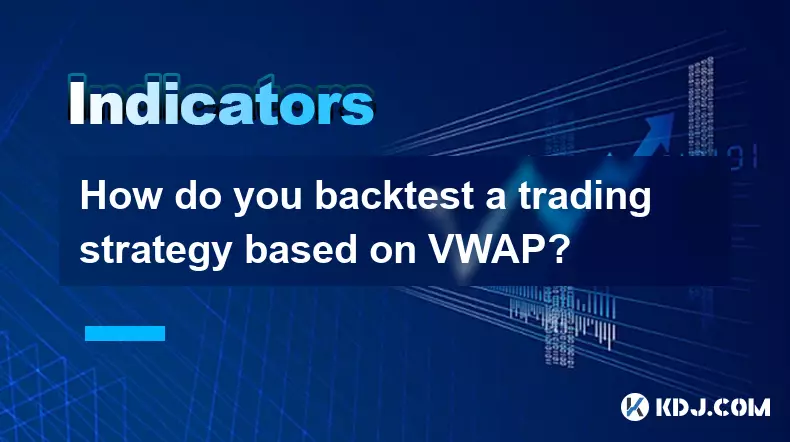
Understanding VWAP and Its Role in Trading
1. The Volume Weighted Average Price (VWAP) is a trading benchmark that represents the average price a cryptocurrency has traded at throughout the day, based on both volume and price. It is widely used by traders to assess market trends and determine optimal entry and exit points.
2. VWAP is calculated by multiplying the price of each transaction by its corresponding volume, summing these values, and then dividing by the total volume for the period. This creates a dynamic line on price charts that reflects true market sentiment weighted by trading activity.
3. In the crypto markets, where volatility is high and liquidity varies across exchanges, VWAP helps filter out noise and identify whether an asset is being bought or sold aggressively. When price is above VWAP, it often signals bullish momentum; when below, bearish pressure may be building.
4. Traders incorporate VWAP into their strategies not only as a trend indicator but also as a mean-reversion tool. For example, buying near VWAP during pullbacks in an uptrend can offer favorable risk-to-reward setups.
Data Requirements for Accurate Backtesting
1. To backtest a VWAP-based strategy effectively, access to granular historical data is essential. This includes tick-level or at minimum one-minute candlestick data with precise volume figures for each interval.
2. Most cryptocurrency exchanges provide API access to historical OHLCV (Open, High, Low, Close, Volume) data. Platforms like Binance, Bybit, and Kraken support such retrieval through public endpoints or third-party data providers.
3. Accurate VWAP computation depends on reliable volume timestamps. If data lacks precision, the resulting VWAP curve will deviate from real market conditions, leading to misleading backtest outcomes.
4. Timeframe selection plays a critical role. While VWAP is traditionally recalculated daily, intraday strategies may use rolling windows—such as 4-hour or 15-minute VWAP—to adapt to fast-moving crypto price action.
Implementing and Testing the Strategy Logic
1. A basic VWAP-based strategy might involve entering long positions when price crosses above VWAP with increasing volume and exiting when price moves significantly above a deviation band. Conversely, short entries could trigger on breakdowns below VWAP.
2. More advanced variations include combining VWAP with standard deviation bands (similar to Bollinger Bands) to define overbought or oversold zones relative to volume-weighted pricing.
3. During backtesting, every trade signal must be evaluated against slippage, latency assumptions, and exchange fees. These factors are especially impactful in low-cap altcoins where order book depth is limited.
4. Python libraries such as Pandas, NumPy, and backtesting.py allow users to code VWAP logic efficiently. Using pandas_ta or custom functions, VWAP can be computed cumulatively within rolling timeframes.
5. Visualization tools like Matplotlib or Plotly help overlay VWAP lines on price charts, enabling qualitative assessment of how well the strategy aligns with historical price behavior.
Risk Management and Performance Evaluation
1. Even successful-looking backtests can fail in live markets without proper risk controls. Position sizing, stop-loss levels, and maximum drawdown thresholds should be integrated into the testing framework.
2. Metrics such as win rate, profit factor, Sharpe ratio, and max drawdown provide insight into strategy robustness. A high win rate alone does not guarantee sustainability if losses are large during adverse periods.
3. Market regime shifts—such as transitions from bull to bear cycles—can invalidate VWAP strategies calibrated on outdated data. Regular re-optimization using walk-forward analysis improves resilience.
4. Out-of-sample testing is crucial. After optimizing parameters on one dataset, validate performance on unseen data to reduce overfitting risks.
Frequently Asked Questions
What time frame is best for calculating VWAP in crypto trading?The most common approach uses a rolling 24-hour VWAP due to the continuous nature of crypto markets. However, active day traders may prefer shorter intervals like 1-hour or 4-hour VWAP to stay aligned with current momentum.
Can VWAP be used effectively for altcoin trading?Yes, but with caution. Altcoins often suffer from low liquidity and erratic volume spikes. VWAP works better on higher-market-cap coins where volume data is more consistent and reflective of genuine demand.
Is VWAP suitable for automated trading bots?Absolutely. VWAP strategies are frequently embedded in algorithmic systems, particularly for executing large orders with minimal market impact. In crypto, bots can use VWAP to split trades across time and avoid price manipulation.
Disclaimer:info@kdj.com
The information provided is not trading advice. kdj.com does not assume any responsibility for any investments made based on the information provided in this article. Cryptocurrencies are highly volatile and it is highly recommended that you invest with caution after thorough research!
If you believe that the content used on this website infringes your copyright, please contact us immediately (info@kdj.com) and we will delete it promptly.
- Crypto Coins: Ethereum, Solana, and the Rise of AI in 2025
- 2025-10-21 08:45:16
- TRON's Stablecoin Empire: Cross-Chain Expansion and Blockchain Innovations
- 2025-10-21 08:45:16
- Shiba Inu, AlphaPepe, Presale: The Meme Coin Evolution
- 2025-10-21 08:50:01
- Dogecoin, Whales, and Bullish Alternatives: What's the Deal?
- 2025-10-21 08:50:01
- Shohei Ohtani, World Series, and Baseball Fever: A Los Angeles Love Affair
- 2025-10-21 08:50:01
- Ethena's Expansion: New Products and Team Growth on the Horizon
- 2025-10-21 08:50:12
Related knowledge
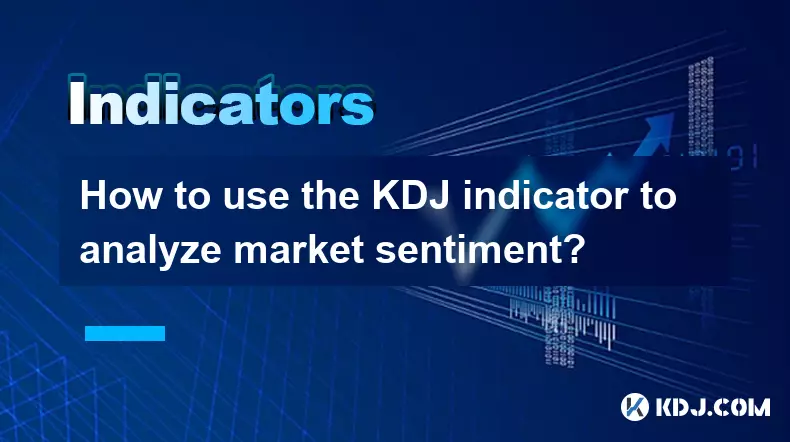
How to use the KDJ indicator to analyze market sentiment?
Oct 18,2025 at 07:18pm
Understanding the KDJ Indicator in Cryptocurrency Trading1. The KDJ indicator, also known as the Stochastic Oscillator, is a momentum-based technical ...
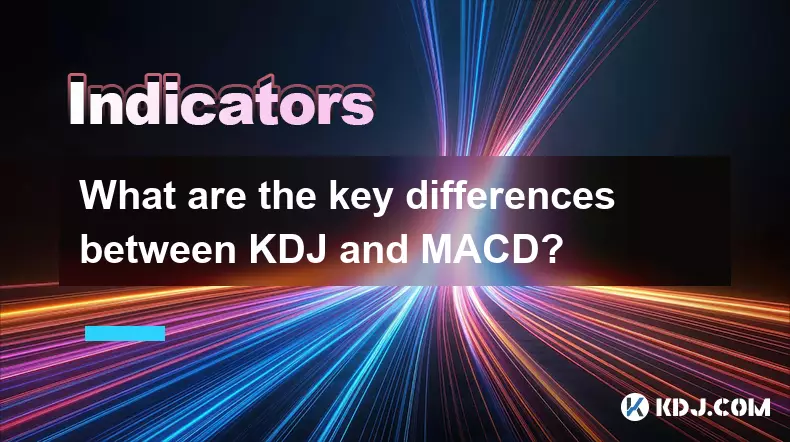
What are the key differences between KDJ and MACD?
Oct 18,2025 at 04:54am
KDJ Indicator: Core Mechanics and Usage1. The KDJ indicator is a momentum oscillator that combines the features of the Stochastic Oscillator with an a...
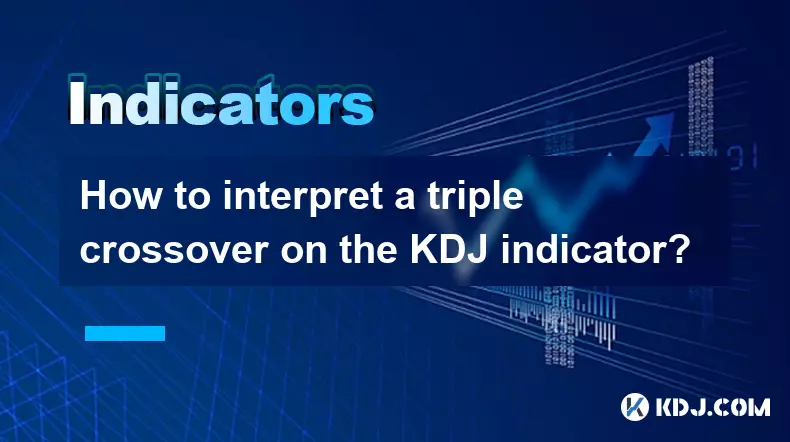
How to interpret a triple crossover on the KDJ indicator?
Oct 18,2025 at 01:54pm
Understanding the Triple Crossover in KDJ Indicator1. The KDJ indicator, a derivative of the Stochastic Oscillator, consists of three lines: K, D, and...

What's the best timeframe for the KDJ indicator?
Oct 20,2025 at 03:01pm
Understanding the KDJ Indicator in Crypto TradingThe KDJ indicator, an extension of the stochastic oscillator, is widely used in cryptocurrency tradin...
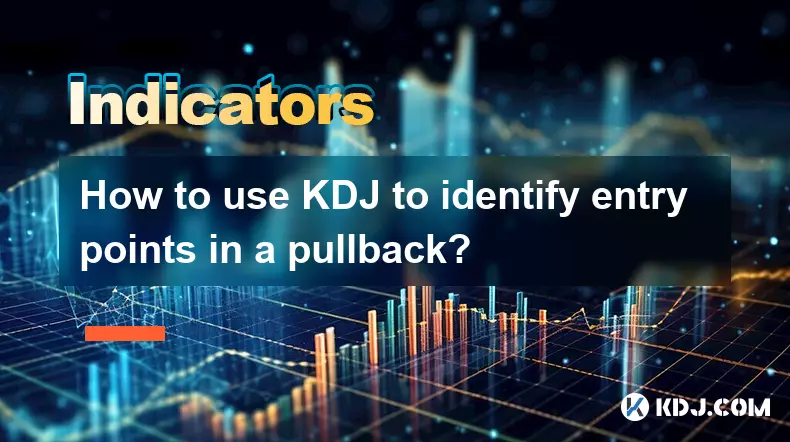
How to use KDJ to identify entry points in a pullback?
Oct 18,2025 at 09:36am
Understanding KDJ in the Context of Pullbacks1. The KDJ indicator, an extension of the stochastic oscillator, consists of three lines: %K, %D, and %J....
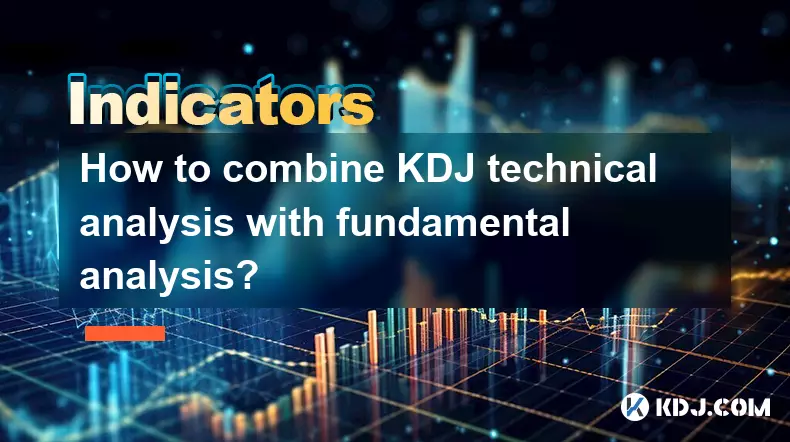
How to combine KDJ technical analysis with fundamental analysis?
Oct 20,2025 at 11:55pm
Understanding KDJ in the Context of Cryptocurrency Markets1. The KDJ indicator, originating from stochastic oscillator principles, is widely used in c...

How to use the KDJ indicator to analyze market sentiment?
Oct 18,2025 at 07:18pm
Understanding the KDJ Indicator in Cryptocurrency Trading1. The KDJ indicator, also known as the Stochastic Oscillator, is a momentum-based technical ...

What are the key differences between KDJ and MACD?
Oct 18,2025 at 04:54am
KDJ Indicator: Core Mechanics and Usage1. The KDJ indicator is a momentum oscillator that combines the features of the Stochastic Oscillator with an a...

How to interpret a triple crossover on the KDJ indicator?
Oct 18,2025 at 01:54pm
Understanding the Triple Crossover in KDJ Indicator1. The KDJ indicator, a derivative of the Stochastic Oscillator, consists of three lines: K, D, and...

What's the best timeframe for the KDJ indicator?
Oct 20,2025 at 03:01pm
Understanding the KDJ Indicator in Crypto TradingThe KDJ indicator, an extension of the stochastic oscillator, is widely used in cryptocurrency tradin...

How to use KDJ to identify entry points in a pullback?
Oct 18,2025 at 09:36am
Understanding KDJ in the Context of Pullbacks1. The KDJ indicator, an extension of the stochastic oscillator, consists of three lines: %K, %D, and %J....

How to combine KDJ technical analysis with fundamental analysis?
Oct 20,2025 at 11:55pm
Understanding KDJ in the Context of Cryptocurrency Markets1. The KDJ indicator, originating from stochastic oscillator principles, is widely used in c...
See all articles










































































